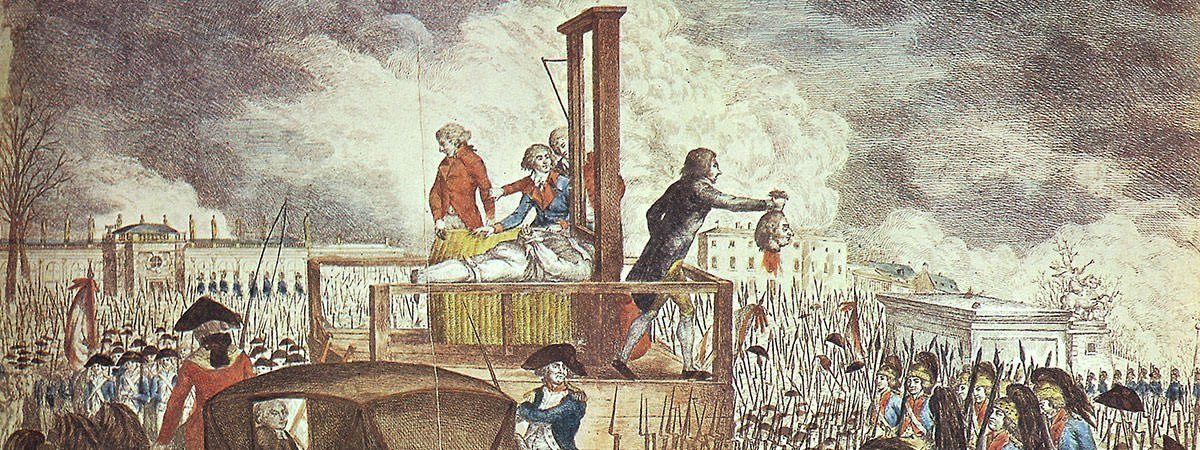The French Revolution was a watershed event in human history which lasted for around a decade from 5th May 1789 to 9th November 1799. Caused primarily due to a financial crisis, it began with the Storming of the Bastille and ended with the Coup of 18th Brumaire. Many important events took place during its course including the abolition of the monarchy and establishment of a republic in France. The French Revolution had a great and long lasting impact. Among other things, it altered the course of modern history, triggering the global decline of absolute monarchies and replacing them with republics and liberal democracies. Get a general idea about the causes, events and effects of the French Revolution through this summary.
What Is the Third Estate?
18th century France was ruled by a monarch and divided into three estates: the First was the clergy, the Second was the nobility, and the Third was the rest, which included merchants, lawyers, laborers and peasants. Though the Third Estate comprised around 98% of the French population, it was exploited by the other two estates. In 1789, just before the French Revolution, Emmanuel Joseph Sieyès wrote a pamphlet titled What Is the Third Estate? In it he asserted that the third estate wanted genuine representatives in governing the nation. The pamphlet caused a stir in France and played a key role in shaping the revolutionary thought that propelled France towards the Revolution.
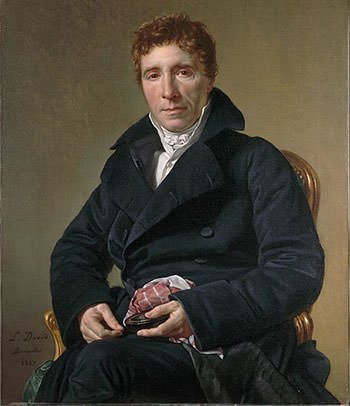
Rise In Cost of Bread
France was facing a financial crisis in the 1780s. This was caused primarily by French involvement in a series of expensive wars. On top of that, drastic weather and poor harvests caused the price of flour to increase dramatically, which in turn raised the price of bread. Bread was the staple food for most French citizens and it has been estimated that the working class of France was spending upwards of 90% of their daily income on just bread. The population of France at the time was thus hungry, unemployed and angry. The expenditure on luxurious by the royal family caused further frustration among the masses.
The Storming of the Bastille
On June 20, 1789, during what is known as the Tennis Court Oath, the Third Estate pledged not to separate until they had given France a constitution. At this time, soldiers, mostly foreign mercenaries, began to arrive in Paris. The Parisians interpreted this as an attempt toward shutting down the National Constituent Assembly. They responded on July 14 by storming the Bastille fortress, which fell within a few hours. The Storming of the Bastille is considered by many as the start of the French Revolution. Due to this July 14 is called Bastille Day and is celebrated as the national day of France.
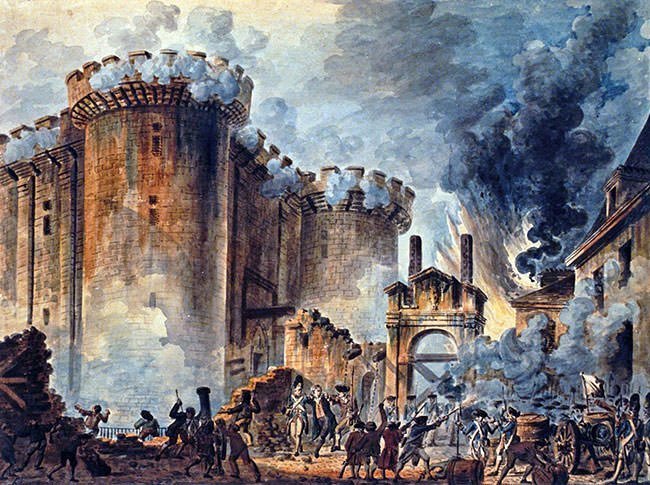
Women’s March on Versailles
On 5th October 1789, a large crowd of protesters, mostly women, marched from Paris to the Palace of Versailles. They were angered by the high price of bread and frustrated as the King seemed oblivious to their problem. They stormed the palace, killing several guards and demanded the king to “live among the people”. Louis XVI ultimately conceded to their demands and agreed to go to Paris with the mob.

Execution of the Monarch
On the night of 20th June 1791, the royal family, dressed as servants with their servants dressed as nobles, tried to escape to Austria. The public, which was already against King Louis XVI, now viewed him as a traitor who wanted foreign intervention to restore the monarchy. He was charged with treason and found guilty on August 10, 1792. On January 21, 1793, Louis XVI was driven through the streets of Paris to a guillotine and decapitated. His wife Marie Antoinette was guillotined on October 16.
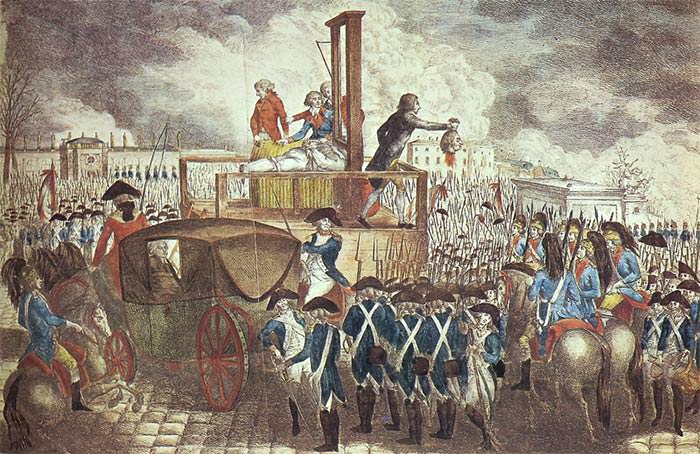
The Reign of Terror
By this time feudalism had been abolished, the nobility and the clergy had lost their privileges, equality before the law had been established and France had been declared a Republic. In March 1793, the National Convention, the first government of the French Revolution, created the Committee of Public Safety. Consisting of 12 members with the most prominent being Maximilien Robespierre, the committee became the de facto executive government in France during a period lasting from 5th September 1793 to 28th July 1794 and known as the Reign of Terror. In the name of ridding the nation of the enemies of the Revolution, an estimated 40,000 people were executed during the Reign of Terror. By mid-1794, Robespierre become a target of conspiracies as the members feared that they could be guillotined next. He was arrested and guillotined on 28th July 1794 bringing an end to the Reign of Terror.
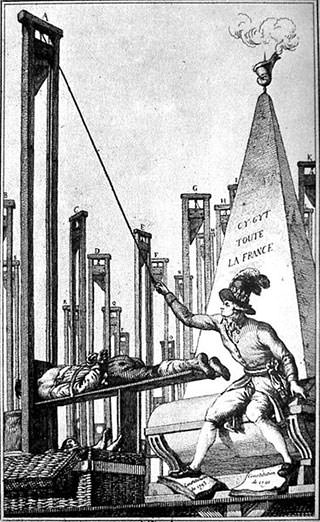
The Revolutionary Wars
Externally, Revolutionary France was regarded as dangerous by the other European monarchies who viewed it with both fear and anger. This led to the French Revolutionary Wars, a series of military conflicts lasting from 1792 until 1802. They pitted the French Republic against Great Britain, Austria and several other monarchies. Though it initially suffered various reverses, France, under the leadership of Napoleon Bonaparte, was able to conquer a wide array of territories by 1802. Success in the French Revolutionary Wars allowed the spread of revolutionary principles over much of Europe.
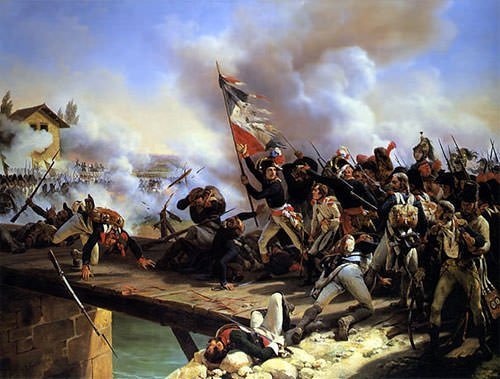
Coup of 18th Brumaire
Internally, in 1795, a new constitution was put in force which established the Directory, a five member committee which governed France. The Directory became involved in corruption, political conflict and financial problems. Moreover, it became more and more reliant on the Army in foreign and domestic affairs, as well as finance. Emmanuel Joseph Sieyès, one of the directors; a politician named Roger Ducos; and military hero Napoleon Bonaparte; overthrew the Directory on9–10 November 1799 and replaced it with three consuls who governed France. This coup, known as the Coup of 18th Brumaire is regarded by many as the end of the French Revolution.

Age of Revolutions
The French Revolution altered the course of modern history, triggering the global decline of absolute monarchies and replacing them with republics and liberal democracies. It ushered in what is known as the Age of Revolutions, a period in which a number of significant revolutionary movements occurred in many parts of Europe and the Americas. It had many other repercussions including end of feudalism, lessening the importance of religion; destruction of oligarchies; economic Growth in Europe; rise of Modern Nationalism; and spread of Liberalism. The French Revolution is thus regarded as one of the most important events in world history.

